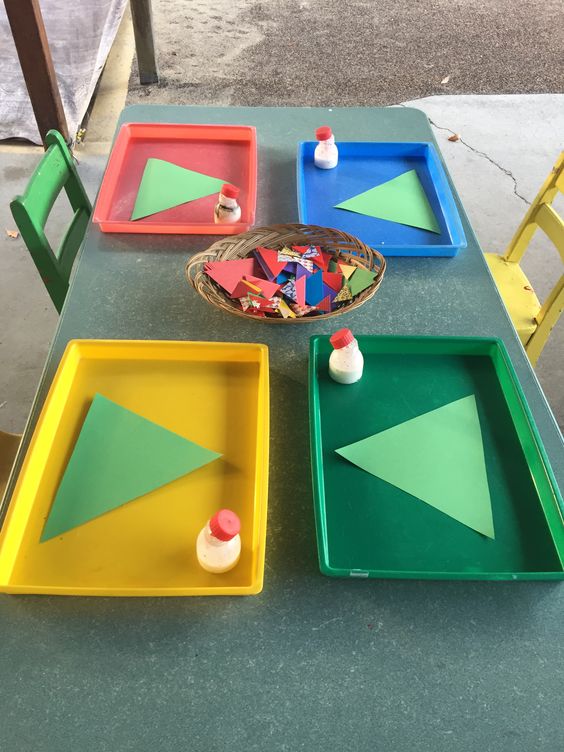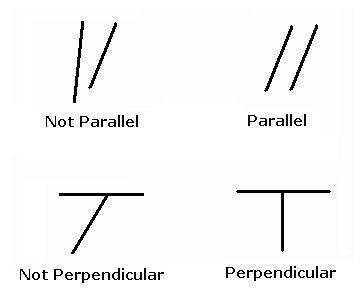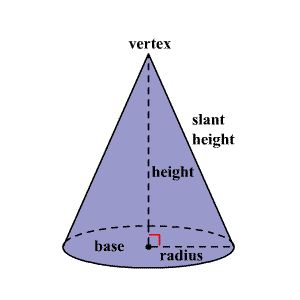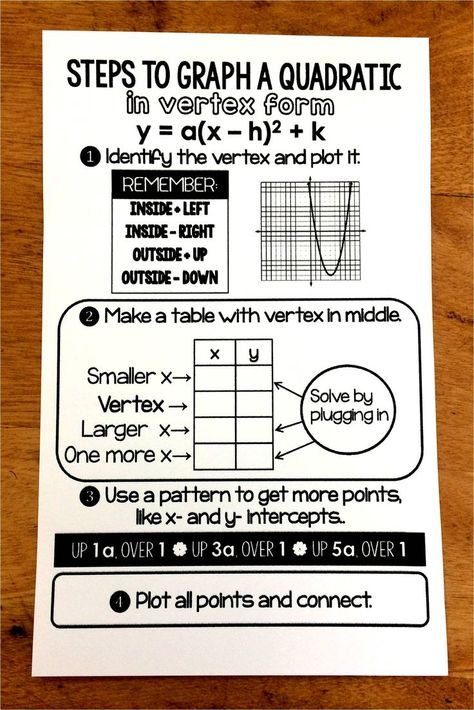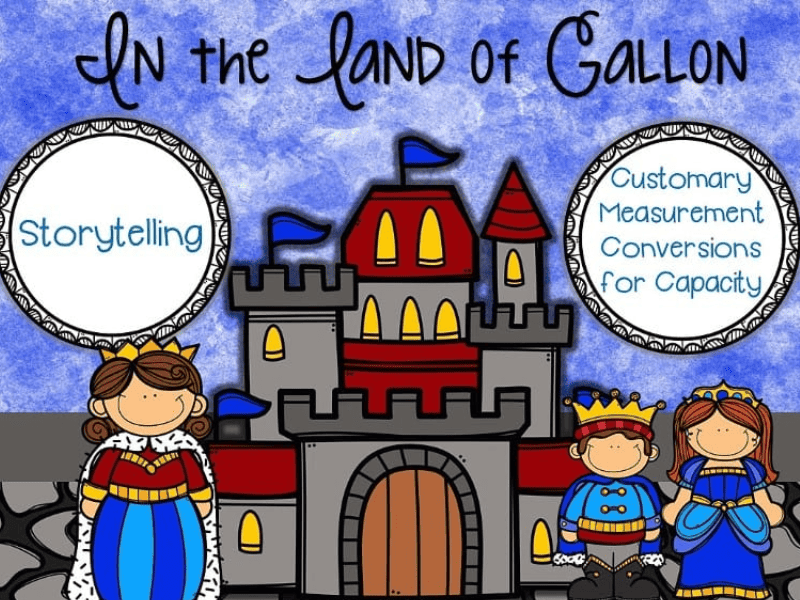Introduction:
Developing number sense, the ability to understand and manipulate numbers flexibly, is a crucial foundation for elementary students. Teachers and parents can easily incorporate engaging five-minute activities into daily routines to help children develop this important skill. Here are some fun and simple activities to build elementary number sense in just five minutes.
1. Number Talks:
Number talks are short and focused conversations that revolve around a specific math problem. Teachers can start by displaying a problem or question on the board and asking students for multiple solutions along with their explanations. This activity encourages students to think critically, share strategies, and learn from each other’s approaches. As students grow more comfortable with number talks, they will develop greater flexibility and fluency in working with numbers.
2. Quick Flash Cards:
Using flashcards is an excellent way to practice mental math skills such as addition, subtraction, multiplication, and division. Spend five minutes per day holding up flashcards for students to solve mentally—no pencil or paper needed. Teachers can vary the goals of this activity depending on the grade level or specific skills they want their students to practice.
3. Estimation Jars:
Fill a clear jar with small objects like candies, coins, or buttons and ask your students to estimate how many objects are inside without counting directly. This simple activity builds students’ ability to use their understanding of quantities to make educated guesses. Comparing estimates with classmates also promotes healthy discussions about strategies they used for estimating.
4. Number of the Day:
Choose a number for each day and ask your students various questions related to it. You may explore different ways of representing the number, discussing its properties, or constructing a story problem based on it. This activity improves students’ understanding of place value and operations while helping them recognize the variability of numbers.
5. Ten-Frame Games:
Ten-frames are tools that assist students in visualizing the relationship between quantities up to ten. Spend five minutes playing games with ten-frames, such as matching sets of objects to numbers or asking students to identify the missing number in a set. This activity encourages relational thinking and builds a strong foundation for understanding place value.
Conclusion:
With these five-minute activities, building elementary number sense doesn’t have to be time-consuming or difficult. Involve your students in these engaging activities and watch their confidence and skills in working with numbers grow. It’s a win-win—for you as a teacher and for your learners!

